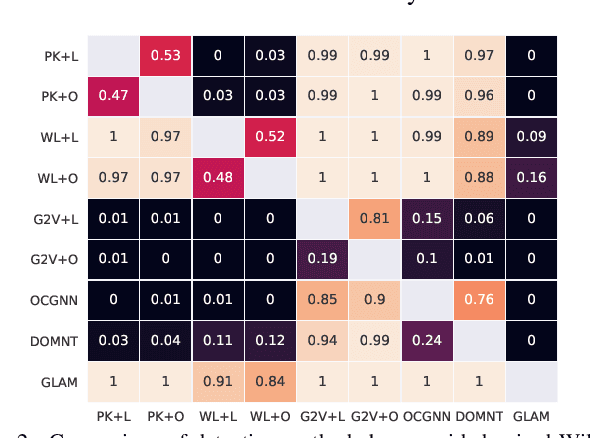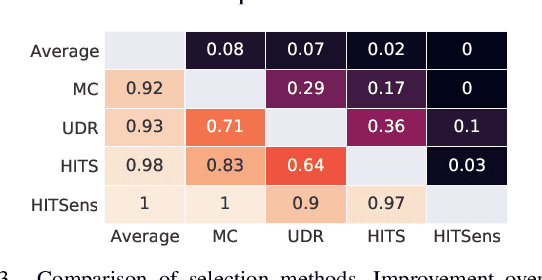Graph Anomaly Detection with Unsupervised GNNs
Paper and Code
Oct 20, 2022



Graph-based anomaly detection finds numerous applications in the real-world. Thus, there exists extensive literature on the topic that has recently shifted toward deep detection models due to advances in deep learning and graph neural networks (GNNs). A vast majority of prior work focuses on detecting node/edge/subgraph anomalies within a single graph, with much less work on graph-level anomaly detection in a graph database. This work aims to fill two gaps in the literature: We (1) design GLAM, an end-to-end graph-level anomaly detection model based on GNNs, and (2) focus on unsupervised model selection, which is notoriously hard due to lack of any labels, yet especially critical for deep NN based models with a long list of hyper-parameters. Further, we propose a new pooling strategy for graph-level embedding, called MMD-pooling, that is geared toward detecting distribution anomalies which has not been considered before. Through extensive experiments on 15 real-world datasets, we show that (i) GLAM outperforms node-level and two-stage (i.e. not end-to-end) baselines, and (ii) model selection picks a significantly more effective model than expectation (i.e. average) -- without using any labels -- among candidates with otherwise large variation in performance.
 Add to Chrome
Add to Chrome Add to Firefox
Add to Firefox Add to Edge
Add to Edge